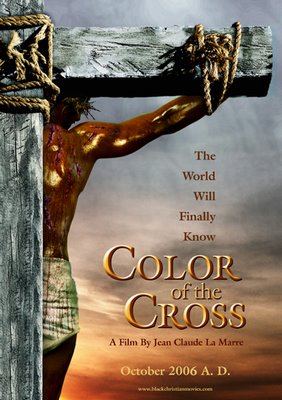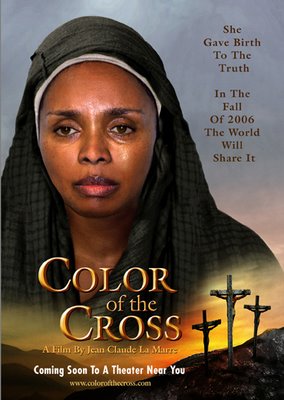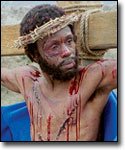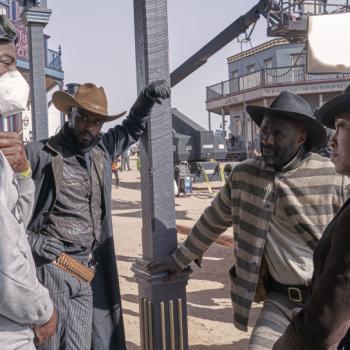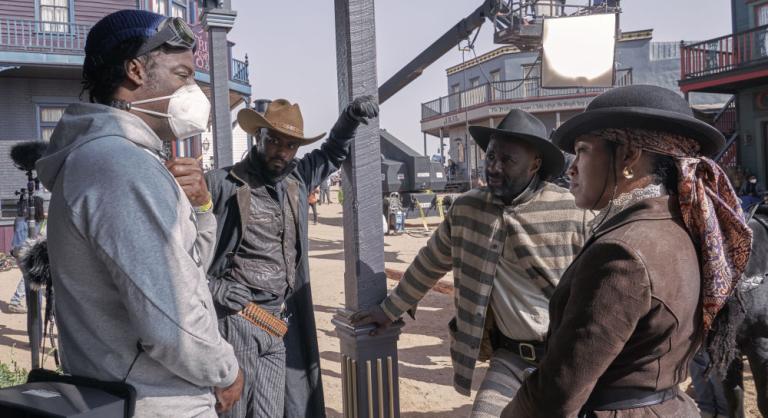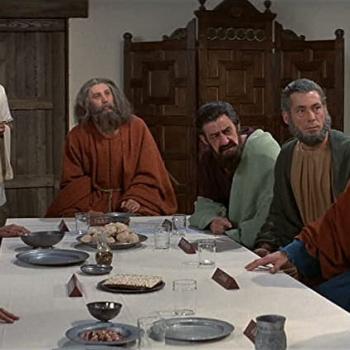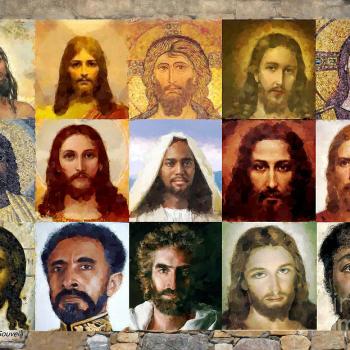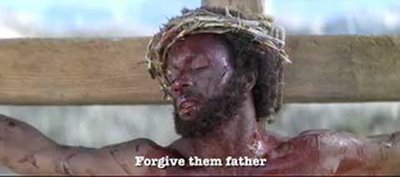
Gadzooks, I’m behind on my Bible movies. I’ve been meaning to finish my write-up on One Night with the King ever since it opened nearly two weeks ago, and now, Color of the Cross is only two days away from being released. Arrrgh.
In the meantime, check out the stories on the film put out recently by the mainstream media. The Associated Press reports:
“Color of the Cross” tells a traditional story, focusing on the last 48 hours of his life as told in the Gospels. In this version, though, race contributes to his persecution. . . .
What Jesus looked like has long been debated by theologians around the world. Different cultures have imagined him in different ways, says Stephen Prothero, chairman of the religion department at Boston University. In Japan, Jesus looks Japanese. In Africa, he is black. But in America he is almost always white, like the fair-haired savior painted by Leonardo Da Vinci in “The Last Supper” in 1495.
This last bit is a fair point. But I would ask whether any American or British film about Jesus has suggested that he was persecuted because he was white, or fair-haired, or blue-eyed, or whatever. For that matter, I would be surprised if, say, the Indian Jesus film Daya Sagar (1985), reviewed by my friend Matt Page at his Bible Films Blog, dared to suggest that Jesus was persecuted for being Indian. Or if that upcoming Egyptian movie about Jesus dared to suggest that he was persecuted for being Egyptian. There is a significant difference between casting local actors in a story that originates in another culture, and revising the story so that it becomes about the culture from which those local actors come.
Meanwhile, the Chicago Tribune reports:
The script anticipates the problem some audience members might have with a non-white Jesus. “But he is black and to say that he is the messiah is blasphemous,” says a member of the Sanhedrin, the Jews’ supreme court.
In fact, Jesus’ ethnicity has been a stumbling block for directors for as long as they’ve been making biblical films, notes Adele Reinhartz. A biblical scholar turned movie historian, her book “Jesus of Hollywood” will be published early next year. For her research, she watched 40 movies with biblical themes.
“Hollywood wants to have it both ways: to show Jesus in a Jewish context but not make him seem Jewish,” said Reinhartz, associate vice president of research at the University of Ottawa.
Franco Zeffirelli, the distinguished Italian director, made a six-hour television series, “Jesus of Nazareth,” Reinhartz noted.
“Zeffirelli’s young Jesus is a little boy with blond hair, blue eyes and a cute turned-up nose,” Reinhartz said.
No argument with any of those observations. And let’s not forget the adult Jesus’s upper-class Oxbridge accent in that film!






